Timber products in the early days
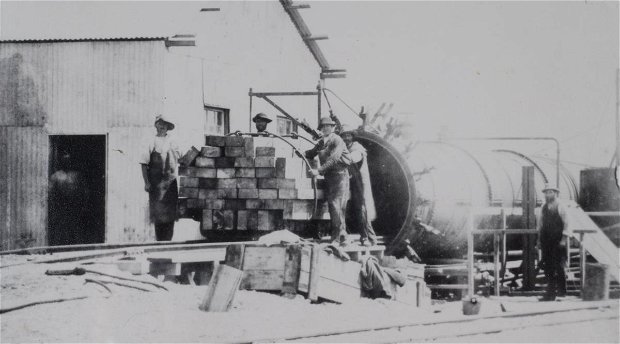
How were the different timbers used in the 19th and early 20th Centuries?
Most of the timber harvested in the Knysna Forests in the late 19th and early 20th Centuries was used for wagon-building, in the construction of buildings, and in ship building - although a considerable quantity of it was also used to make sleepers for South Africa’s fast-growing rail network. (In 1883, for example, the 191-ton brig Ambulant - which belonged to Thesen & Co. - loaded a cargo of 3,000 yellowwood railway sleepers at Knysna for a single trip to Cape Town. And she - and other ships - would continue delivering sleepers for years to come.)
The different trees yielded timber with different properties, which dictated their uses:
Types of timber used in ox-wagons:
- Fellos: white pear
- Bolsters: iron wood
- Side frames and back steps: stink wood
- Floors and sides: yellowwood
- Beams: white stinkwood
- Drought beam: iron wood
- Front and rear yokes: iron wood
- Wheel hubs: yellowwood
- Spokes: iron wood, assegai, wild chestnut
- Yokes: redwood, stinkwood or ironwood.
- Skeis: buffalo thorn or karoo thorn
Types of timber used in building construction:
- Internal walls, flooring, trusses, beams: yellowwood
- Door frames, window frames: yellowwood and stinkwood
- Ceilings: white pear
Types of timber used in ship building:
- Hull, deck, bulkheads: stinkwood
- Cabin, furnishings, etc.: yellowwood
- Ships’ masts: yellowwood
Types of timber used for railway sleepers:
- Yellowwood, ironwood
In addition to the uses listed above, companies like Geo. Parkes & Sons used various timbers - stinkwood, and ironwood, for example - for turning tool handles and, later in the 20th Century, gifts and curios. And almost all the local cabinet makers used (and still use) a combination of the timbers from the Knysna Forests for fine furniture and other household items.
The Real Yellowwood: South Africa's National Tree
Interesting to note that Podocarpus latifolius has been chosen as South Africa’s national tree. (Real yellowwood in English, kalander or opregtegeelhout in Afrikaans, and umCheya in isiXhosa.)
Podocarpus latifolius belongs to the family Podocarpaceae, in the division of the plant kingdom known as the Pinophyta (the conifers).
According to PlantsZA, "The real yellowwood has apparently been used more than any other South African timber" - for everything from floors to butchers' blocks ("It also has no scent, so it did not taint the meat").


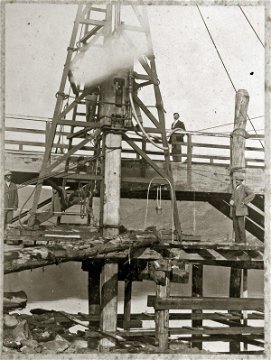


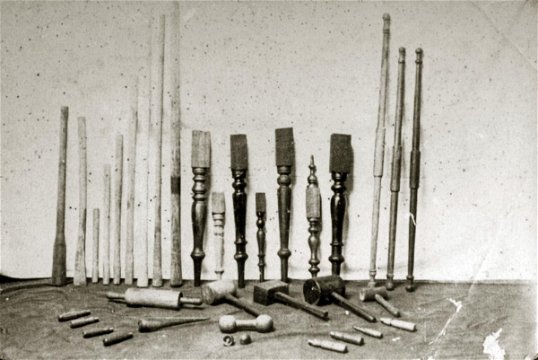
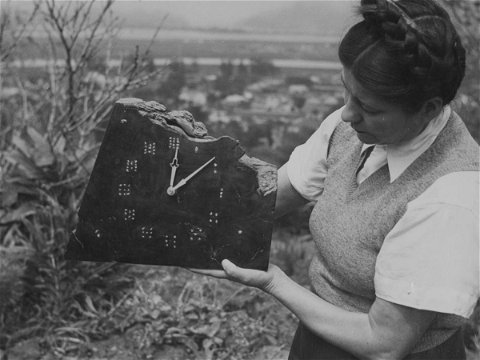





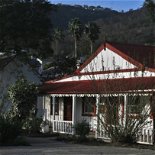


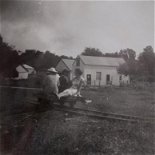


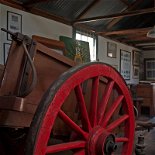
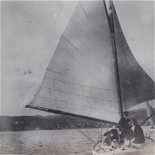


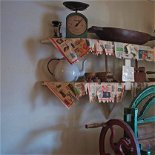
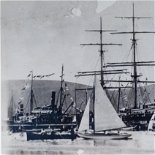
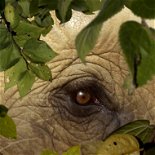
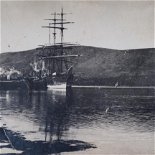


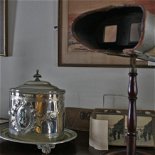
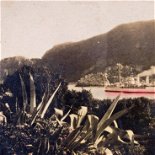
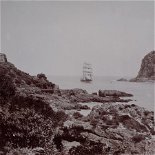
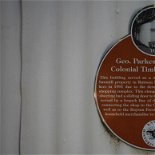
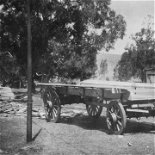
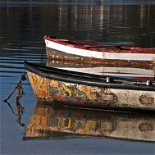

Share This Page